Bodo
In northern Norway along the coast, about 200 kilometres south of Narvik, is Bodo. A city that is not significantly associated with the Second World War but which, nevertheless, at the end of May 1940 was bombed by the German air force. The attack lasted for about half an hour and it destroyed about 2/3 of the city and killed 15 people. As Narvik was the central and strategic theatre of war in Northern Norway, the Germans were able to occupy Bodo June 1, 1940. Bodo’s strategic location next to the coast made it militarily interesting for the Germans. Quite immediately, the Germans began to expand the coastal defense in case the british would try an amphibious landing operation.
At Rönvika in eastern Bodo at a height called Trollåsen, the Germans built a fort consisting of anti-aircraft guns, machine guns, grenade launchers, troop bunkers, observation bunkers, ammunition storage and a signal station. Its strategic location at a height meant that the Germans had a good overview of what was going on in Bodo and its surroundings. This fort was named "Tyskhaugen" (german Pasture) after the war.
In central Bodo there is a Regelbau 105b MG Casematte. This bunker was one of several that were built in the upper part of Bodo supposed to defend the port. This was a typical German bunker with two meters thick concrete walls, gas-proof and manned with six men. The bunker was also fitted with a periscope to see what was going on outside in all directions.
At Jentofthaugen in central Bodo there is a bunker that was built in the autumn of 1943. This bunker belonged to the German air force and served as a transmitting station. It was equipped with various transmitters abled to locate enemy aircraft but also to abled sending messages to other German stations/receivers. Outside the bunker were four large antennas that were about 25-30 meters high. The bunker itself measured on the outside about 300 square meters while the interior measured 108 square meters. Walls and ceilings were about 2-2.5 meters thick and it had a man power of eight men.
Current status: Partly preserved/demolished with museum (2023).
Address: Edvardsons vei 7, 8010 Bodö (Bunker museum).
Get there: Car.
Follow up in books: Saunder, Anthony: Hitler’s Atlantic Wall (2014).
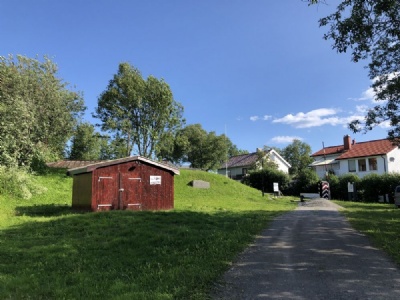

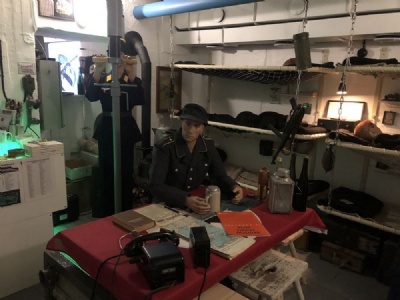
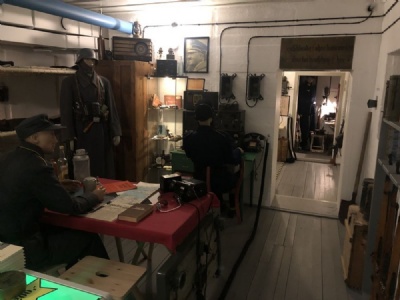
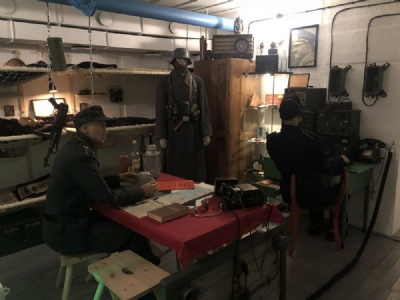
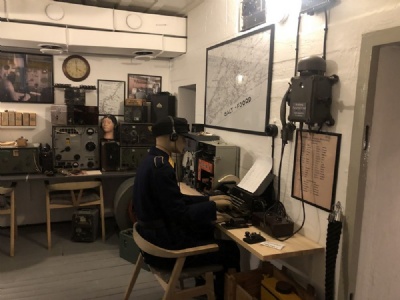
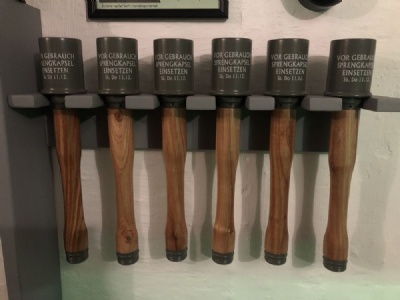
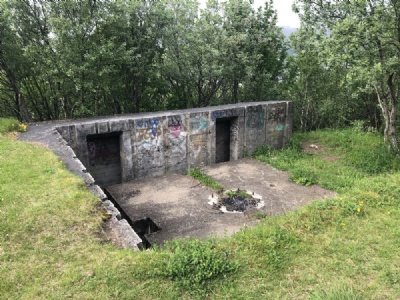
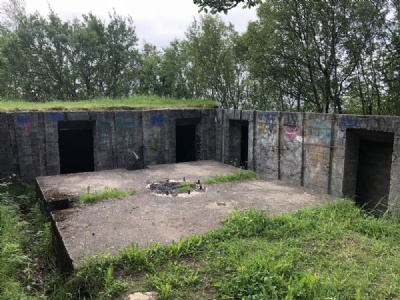
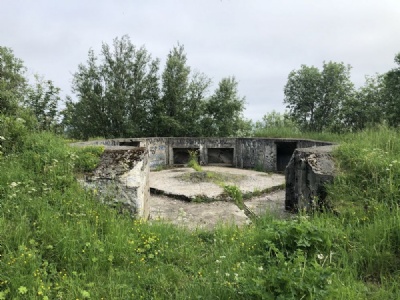
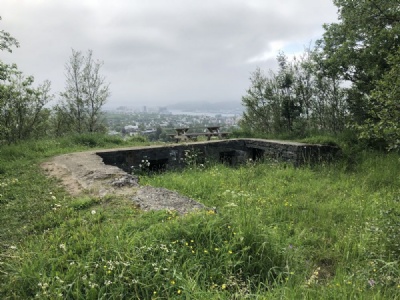
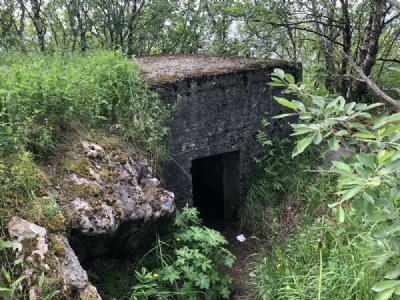
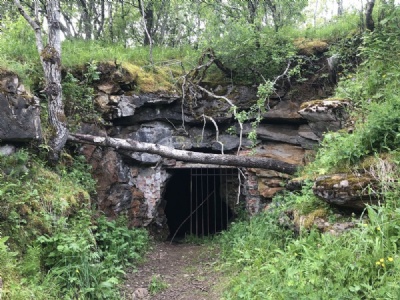
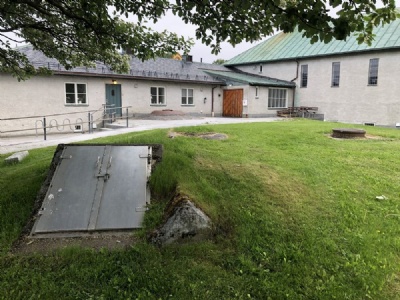
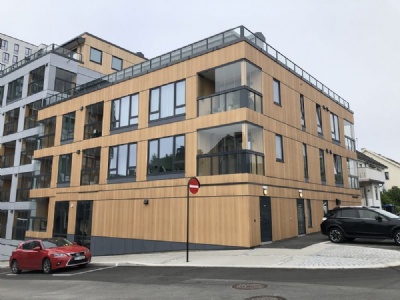
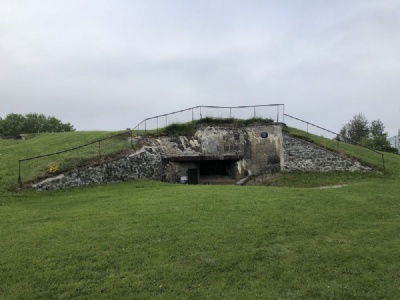
After the war, several bunkers were demolished while others fell into oblivion or were hidden underground. The latter were discovered by coincidence decades later when construction work being made on the site. The massive construction and size of the bunkers made them impossible to remove and therefore they simply had to become an integral part of the buildings. Another reason why some remain is that they are deemed to be of cultural historical value and are therefore protected.
For those interested in military, there is much to discover in Bodo. ”Tyskhaugen” has a lot of ruins and bunkers and is easy to visit and its location provides a good view of the city. The bunker at Jentofthaugen was restored with much effort in 2014 by a local war history association and is today a very interesting museum. In addition to the bunker museum, there are also Bodo’s war history museum and Bodo’s aviation museum where the latter has a very interesting collection of planes from the Second World War. Add to that several bunkers that are scattered in Bodo, some available, others not, but still worth seeing.
The places may be centrally located but are still scattered and therefore it is easiest to get around by car.